Naphazoline+chlorpheniramine
About Naphazoline+chlorpheniramine
Chlorpheniramine+naphazoline belongs to the class of medication called ‘ophthalmic agents’ primarily used to treat allergic eye disease symptoms such as eye redness, itching, puffiness, swelling, and watery eyes. An allergy is an immune system response to foreign elements typically not harmful to your body. Eye allergy is when the eye becomes red and swollen, leading to inflammation, discomfort, and pain.
Chlorpheniramine+naphazoline is a combination of two drugs, namely: Naphazoline (decongestant) and Chlorpheniramine (antihistamine). Naphazoline belongs to the class of decongestants that works by narrowing the eye's swollen blood vessels to reduce inflammation (redness and swelling in the eye). Chlorpheniramine is an antihistamine (anti-allergic drug) that works by blocking the action of histamine, a substance responsible for causing allergic reactions.
Chlorpheniramine+naphazoline is only for use in the eyes. Do not swallow or inject Chlorpheniramine+naphazoline. Use Chlorpheniramine+naphazoline as prescribed by your doctor. You are advised to use Chlorpheniramine+naphazoline for as long as your doctor has prescribed it for you based on your medical condition. Some people may experience a burning or stinging sensation in the eyes or blurred vision. Most of these side effects of Chlorpheniramine+naphazoline do not require medical attention and gradually resolve over time. However, if the side effects persist or worsen, please consult your doctor.
If you are allergic to Chlorpheniramine+naphazoline or any other medicines, please tell your doctor. If you are pregnant or breastfeeding, it is advised to inform your doctor before using Chlorpheniramine+naphazoline. Chlorpheniramine+naphazoline is not recommended for children below 6 years of age. You are recommended to remove contact lenses before using Chlorpheniramine+naphazoline as it contains a preservative responsible for causing discoloration of soft contact lenses. However, you can put them back after 15 minutes of using Chlorpheniramine+naphazoline. If you are using two eye medications, wait for at least 5 minutes before using other eye medications. If you have narrow-angle glaucoma, high blood pressure, diabetes, asthma, hyperthyroidism (overactive thyroid), an eye injury or infection, difficulty in urination, kidney, liver, or heart disease, inform your doctor before taking Chlorpheniramine+naphazoline.
Uses of Naphazoline+chlorpheniramine
Medicinal Benefits
Chlorpheniramine+naphazoline is a combination of two drugs, namely: Naphazoline and Chlorpheniramine used to treat symptoms of allergic eye diseases. Naphazoline belongs to the class of decongestants that work by narrowing the eye's blood vessels to reduce inflammation (swelling and redness in the eye). Chlorpheniramine is an antihistamine (anti-allergic drug) that works by blocking the action of histamine, a substance responsible for causing allergic reactions. It helps to provide relief from symptoms of allergy such as eye redness, itching, puffiness, swelling, and watery eyes.
Directions for Use
Storage
Side Effects of Naphazoline+chlorpheniramine
- Burning or stinging sensation in the eyes
- Blurred vision
Drug Warnings
If you are allergic to Chlorpheniramine+naphazoline or any other medicines, please tell your doctor. If you are pregnant or breastfeeding, it is advised to inform your doctor before using Chlorpheniramine+naphazoline. Chlorpheniramine+naphazoline is not recommended for children below 6 years of age. You are recommended to remove contact lenses before using Chlorpheniramine+naphazoline as it contains a preservative responsible for causing discoloration of soft contact lenses. However, you can put them back after 15 minutes of using Chlorpheniramine+naphazoline. Wash your hands properly before using Chlorpheniramine+naphazoline to avoid any infection. If you are using two eye medications, wait for at least 5 minutes before using other eye medications. Do not Chlorpheniramine+naphazoline in more than prescribed doses or for a prolonged time as it may worsen your symptoms and damage blood vessels in the eye. Inform your doctor about all the prescription and non-prescription medications you are taking especially eye medications and products. If you have narrow-angle glaucoma, high blood pressure, diabetes, asthma, hyperthyroidism (overactive thyroid), an eye injury or infection, difficulty in urination, kidney, liver, or heart disease, inform your doctor before taking Chlorpheniramine+naphazoline.
Drug Interactions
Drug-Drug Interaction: Chlorpheniramine+naphazoline may interact with anti-allergic drugs (diphenhydramine, cetirizine), monoamine oxidase (MAO) inhibitors (isocarboxazid, phenelzine, selegiline, and tranylcypromine, furazolidone, linezolid, rasagiline), antidepressants (duloxetine), antianxiety drug (alprazolam), anti-asthma drugs (salmeterol).
Drug-Food Interaction: Avoid consumption of alcohol with Chlorpheniramine+naphazoline as it may increase drowsiness, dizziness, and difficulty in concentrating.
Drug-Disease Interaction: If you have narrow-angle glaucoma, high blood pressure, diabetes, asthma, hyperthyroidism (overactive thyroid), an eye injury or infection, difficulty in urination, kidney, liver or heart disease, inform your doctor before taking Chlorpheniramine+naphazoline.
Drug-Drug Interactions Checker List:
Safety Advice

Alcohol
unsafeAvoid consumption of alcohol with Chlorpheniramine+naphazoline as it may cause increased drowsiness, dizziness or difficulty in concentrating. Please consult a doctor before consuming alcohol with Chlorpheniramine+naphazoline.

Pregnancy
cautionPlease consult a doctor if you are pregnant. Chlorpheniramine+naphazoline is given to pregnant women only if the doctor thinks benefits outweigh risks.

Breast Feeding
cautionPlease consult a doctor if you are breastfeeding. Chlorpheniramine+naphazoline is given to breastfeeding mothers only if the doctor thinks benefits are greater than risks.

Driving
cautionChlorpheniramine+naphazoline may cause temporary blurred vision immediately after use. Therefore, avoid driving until your vision is clear after taking Chlorpheniramine+naphazoline.

Liver
cautionChlorpheniramine+naphazoline should be used with caution, especially if you have a history of Liver diseases/conditions. The dose may be adjusted by your doctor as required.

Kidney
cautionChlorpheniramine+naphazoline should be used with caution, especially if you have a history of Kidney diseases/conditions. The dose may be adjusted by your doctor as required.

Children
cautionChlorpheniramine+naphazoline may not be recommended for children below 6 years of age. However, please consult a doctor before giving Chlorpheniramine+naphazoline to children.
Habit Forming
Diet & Lifestyle Advise
- Wash your hands with soap and water regularly to prevent the spread of germs.
- Eat plenty of foods rich in good bacteria like yoghurt to improve overall health.
- Drink plenty of fluids to avoid dehydration.
- Gargle with salt water for relief from sore throat.
- Avoid alcohol consumption with Chlorpheniramine+naphazoline as it may cause dizziness, drowsiness, or lack of concentration.
Special Advise
Avoid wearing contact lenses while using Chlorpheniramine+naphazoline as it may cause discolouration of soft contact lenses.
Patients Concern
Disease/Condition Glossary
Eye Allergy: An allergy is an immune system response to foreign elements typically not harmful to your body. These foreign elements are known as allergens.’ Allergic condition varies from person to person. Some might be allergic to certain foods and seasonal allergies like hay fever. While others might be allergic to pollen or pet dander. Eye allergy is when the eye becomes red and swollen, leading to inflammation, discomfort, and pain.
FAQs
Chlorpheniramine+naphazoline is used to treat allergic eye disease symptoms such as eye redness, itching, puffiness, swelling, and watery eyes.
Chlorpheniramine+naphazoline contains Naphazoline and Chlorpheniramine. Naphazoline is a decongestant that works by narrowing the eye's blood vessels to reduce inflammation (redness and swelling in the eye). Chlorpheniramine is an antihistamine (anti-allergic drug) that works by blocking the action of histamine, a substance responsible for causing allergic reactions. Thereby, it helps to provide relief from symptoms of allergy such as eye redness, itching, puffiness, swelling and watery eyes.
You are recommended to wash your hands first and tilt your head back and gently pull the lower eyelid downwards. Then, press the bottom of the bottle gently by holding it upside down to instil one drop into the affected eye without touching the tip of the bottle to the eye or surrounding areas in order to avoid contamination. Finally, replace the cap tightly after use. After applying Chlorpheniramine+naphazoline, you are advised to apply to the corner of the eye by pressing a finger to stop eye drops from spreading into the rest of the body.
You are recommended to maintain a minimum of 5 minutes time gap between using Chlorpheniramine+naphazoline and other eye drops. However, please consult a doctor before using other medicines with Chlorpheniramine+naphazoline.
You are not recommended to wear contact lenses while using Chlorpheniramine+naphazoline as it contains benzalkonium chloride, a preservative that changes the colour of the contact lens as it may be absorbed by a soft contact lens. Therefore, you are advised to remove contact lenses before applying Chlorpheniramine+naphazoline and reinsert after 15 minutes of using Chlorpheniramine+naphazoline.
Yes, Chlorpheniramine+naphazoline may cause temporary blurred vision. Therefore, you are recommended to wait until your vision is clear before driving or operating heavy machinery.
You are not recommended to take Chlorpheniramine+naphazoline with salmeterol (anti-asthma drug) as co-administration of these two medicines may increase adverse effects such as irregular heartbeat, high blood pressure and increase in heart rate. However, please consult a doctor before taking Chlorpheniramine+naphazoline with other medicines.




